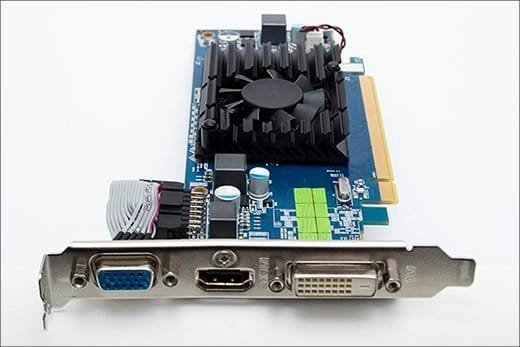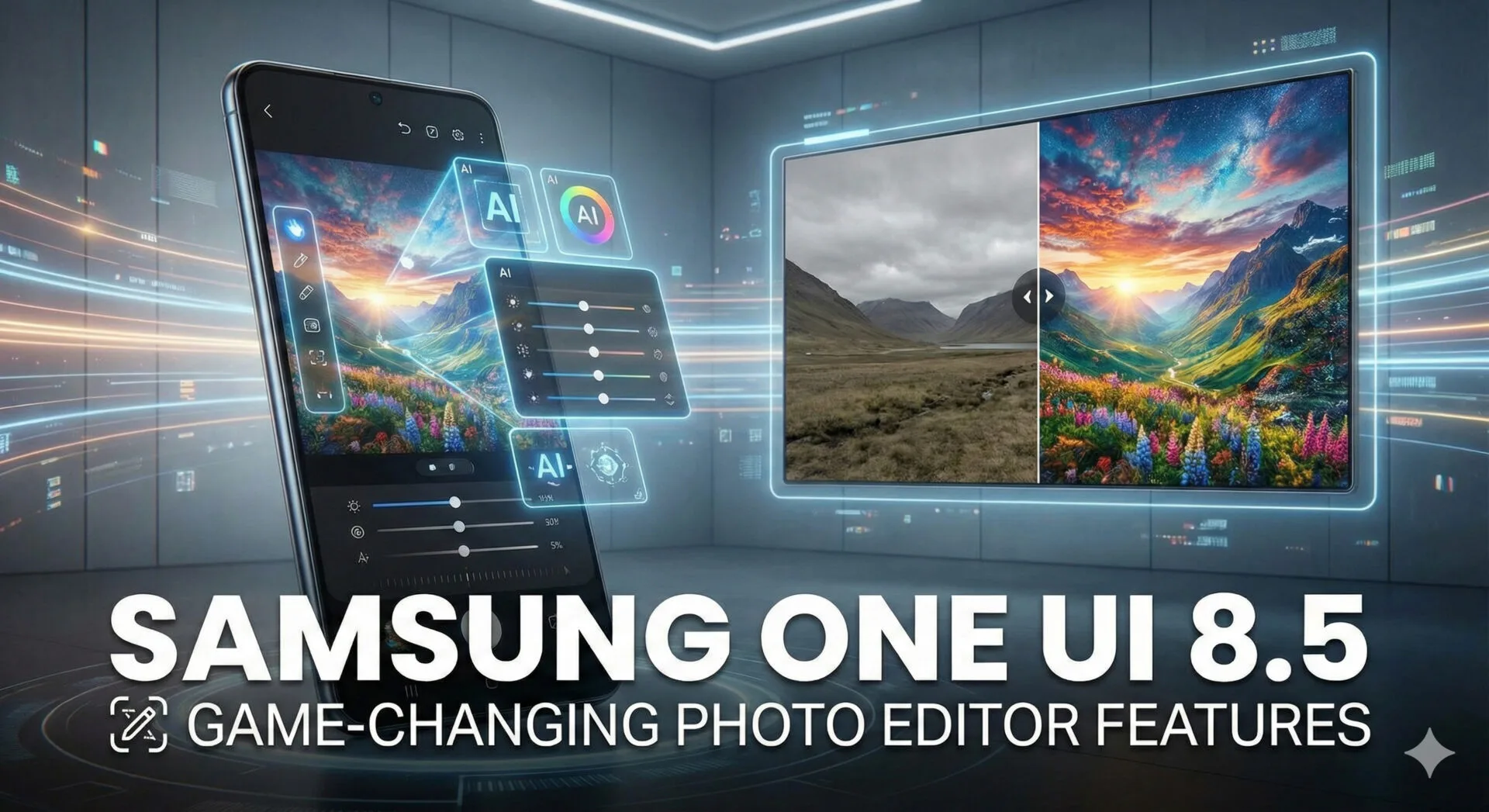In today’s digital world, where high-resolution content, gaming, and multimedia creation are more demanding than ever, video memory plays a crucial role in maintaining system performance. As a key component of modern IT hardware, video memory—often referred to as VRAM (Video Random Access Memory)—is dedicated to storing image and graphics data that your computer needs to render visuals quickly and smoothly. Whether you are a gamer, a content creator, or an IT professional managing enterprise systems, understanding how video memory works and how it fits within the broader scope of computer hardware can significantly enhance your decision-making when purchasing or upgrading systems.
What is Video Memory?
Video memory is a specialized type of memory used by your graphics processing unit (GPU) to store and access image data, textures, frame buffers, and other visual elements. Unlike system memory (RAM), which supports the central processing unit (CPU), video memory is optimized for parallel processing and high-speed access required for rendering graphics-intensive applications. The larger and faster your video memory, the more capable your system becomes at handling complex visual tasks.
In simple terms, video memory lets your computer quickly process and display images, animations, and videos. This becomes especially important in tasks such as 3D modeling, video editing, gaming, and running virtual desktops—all essential use cases in the realm of IT hardware today.
The Role of Video Memory in Computer Hardware Performance
As part of your overall computer hardware architecture, video memory works closely with the GPU. While the CPU executes general computing tasks, the GPU, aided by VRAM, focuses solely on graphical output. This division of labor enhances system performance and user experience.
When you run a high-definition game or edit a 4K video, your GPU needs to fetch and store massive amounts of visual data. If your system lacks sufficient video memory, it may borrow from your system RAM, resulting in lag, frame drops, and overall poor performance. Therefore, investing in the right video memory is essential for anyone working with resource-heavy applications.
For example, a workstation used in architectural visualization might require 8GB to 16GB of video memory to load and render complex scenes efficiently. On the other hand, standard office machines used for email, browsing, and document editing might only need basic integrated graphics with shared memory.
Types of Video Memory
There are several types of video memory, each offering different speeds, bandwidths, and use cases. The most common types include:
GDDR (Graphics Double Data Rate): GDDR5, GDDR6, and the newer GDDR6X are standard in most modern GPUs. These provide high bandwidth, which is ideal for gaming and heavy graphics applications.
HBM (High Bandwidth Memory): Typically used in high-end GPUs and professional IT hardware, HBM offers better performance per watt but at a higher cost. It is often used in data centers, AI computing, and professional rendering tasks.
Shared Video Memory: Integrated GPUs use a portion of system RAM as video memory. This approach is cost-effective but limits performance and is not suitable for high-end tasks.
When considering IT hardware upgrades or building a new system, understanding the type and amount of video memory can help you choose the right GPU to match your computing needs.
How Much Video Memory Do You Need?
The amount of video memory you need depends on your usage:
2GB to 4GB VRAM: Sufficient for everyday computing and light gaming.
6GB to 8GB VRAM: Ideal for gamers and creators working with HD content.
10GB to 16GB+ VRAM: Necessary for 4K gaming, 3D modeling, video editing, and enterprise-level graphics tasks.
It’s also worth noting that higher VRAM can future-proof your system as games and applications continue to demand more graphical resources.
Video Memory and IT Hardware Compatibility
When upgrading or configuring IT hardware, compatibility is a critical consideration. Video memory is closely tied to the GPU, and not all motherboards or systems support every type of GPU or memory configuration. Ensure that your power supply, cooling system, and motherboard can accommodate the GPU you choose. Additionally, business environments with virtualization or remote desktop infrastructure benefit significantly from GPUs with ample memory to manage multiple displays and users simultaneously.
Video memory also affects system temperature and power consumption. High-performance GPUs with large VRAM require advanced cooling solutions and may generate significant heat. This makes it essential to choose compatible components when building a balanced computer hardware setup.
Video Memory vs. System Memory
While both video memory and system memory contribute to overall performance, their roles are different. System memory handles the operating system and application processing, while video memory is specifically used for rendering visuals. In high-performance setups, both types of memory need to work in harmony.
For example, a system with 32GB of RAM but only 2GB of VRAM may still struggle with high-end gaming or 3D rendering. Conversely, a gaming PC with 12GB of VRAM but only 8GB of system RAM may also be bottleneck during multitasking or running background processes.
This highlights the importance of a well-rounded IT hardware configuration that balances CPU power, RAM, storage, and video memory for optimal performance.
Upgrading Video Memory: Is It Worth It?
Most GPUs come with fixed video memory, meaning you cannot upgrade VRAM independently. Instead, upgrading the entire graphics card is required to increase video memory. For desktops, this is relatively easy, but for laptops, it’s often not possible due to integrated components.
If you’re a content creator, gamer, or IT professional experiencing performance issues, investing in a better GPU with higher video memory can make a substantial difference. It improves rendering times, reduces crashes, and offers a smoother visual experience.
The Future of Video Memory in IT Hardware
With the rise of artificial intelligence, 3D design, VR/AR applications, and high-resolution displays, video memory is becoming more crucial than ever in IT hardware ecosystems. Future GPUs are expected to feature even faster memory types like GDDR7 and improved memory management systems that further optimize performance.
Additionally, cloud computing and GPU-as-a-service models are changing how businesses think about graphics memory. Still, the demand for local high-performance computer hardware with robust video memory continues to grow in sectors like engineering, medicine, gaming, and media production.
Conclusion
Video memory is a vital component of modern computer hardware, especially in graphics-intensive environments. Whether you’re a gamer, designer, or IT manager, understanding the role and importance of video memory can help you make smarter hardware decisions.
From boosting visual performance to supporting high-resolution workloads, having the right amount and type of video memory is key to ensuring your IT hardware operates efficiently and reliably. As computing needs continue to evolve, video memory will remain a cornerstone of powerful, future-ready systems.







Leave a Reply